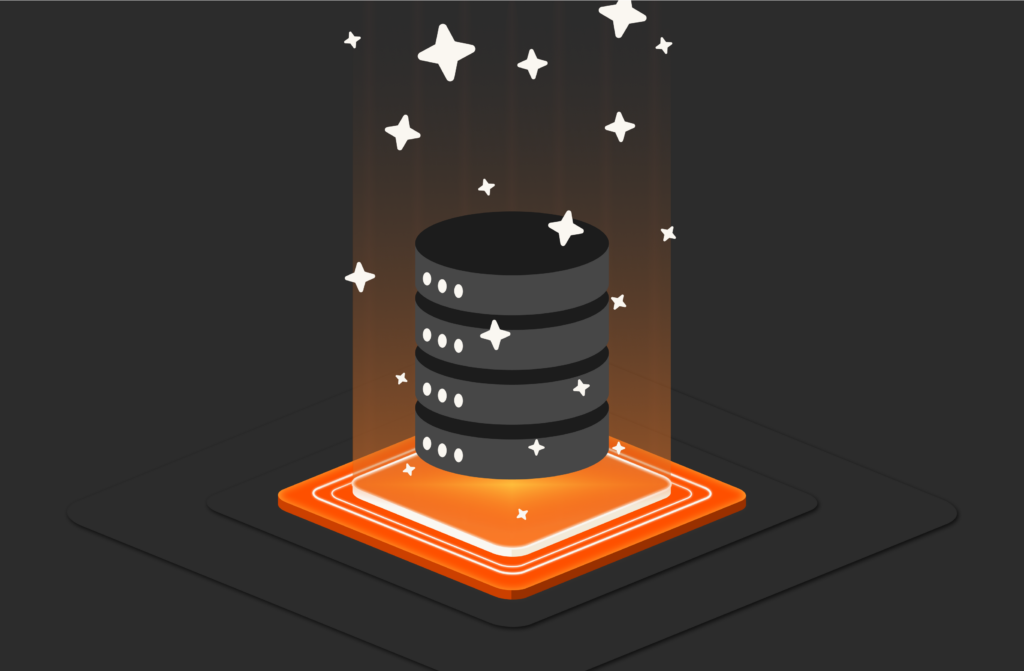For over 230 years, Ordnance Survey (OS) has been mapping Great Britain in extraordinary detail. The tech company has developed one of the world’s largest spatial databases made up of over 500 million uniquely identified features, including roads, buildings, parks, and waterways, which are all stored on Pure Storage® FlashArray//X.
OS is well known for its iconic paper maps, an essential tool for walkers, but its expertise and data also underpin many of the services the British public connects with every day. OS is delivering real value by making it easier for public sector organisations, businesses, and developers to find, access, and use OS data. OS data is used to form the golden thread that links activity in a range of sectors—from housing, transport, and retail to emergency response, public health, and environmental impacts —to outcomes that support increased productivity and economic value. All of this is enabled by the Public Sector Geospatial Agreement (PSGA), a collaboration with the Geospatial Commission.
“For us, the uptime of our services is absolutely sacred. For many of our clients, the data we provide is actually mission critical, so we cannot have any part of our technology failing, and storage is such an important piece of this offer,” says Lloyd Clarke, virtualisation lead at Ordnance Survey.
The journey to where Ordnance Survey is today began 15 years ago when it embarked on its most ambitious project to date, the creation of what was then Europe’s largest database.
“The Geospatial Data Management System is a singular database from which we build all our products. Its inception was a revolutionary moment for us. Our old products and data sets were on multiple Oracle databases, and the virtualisation plans we had meant running a data centre full of tin was no longer sustainable,” says Clarke.
The team wanted their future storage solution to accommodate super-fast access to data, with the ability to do snapshots and deduplication. Snapshots of the entire Ordnance Survey database would be crucial for backups and disaster recovery while deduplication would save storage costs and reduce access time.
The team turned to Pure to head up the overhaul of how they approached data storage. Thanks to FlashArray™, the company can now deploy servers and spin up virtual machines in minutes, which allows it to react to its customers far quicker than it did in the past. Plus, it can easily accommodate over a thousand edits and additions a day to the master database, which then seamlessly integrate to the company’s many mapping products.
“Thinking back on the days before Pure, we had five people specifically tasked with data storage management. Now, I just have the Pure1® dashboard to tell me everything I need to know. It’s amazing to think about how the Pure storage arrays look after themselves. It’s like they run on magic,” continues Clarke.
Like many forward-looking companies, OS is undergoing its own digital transformation to ensure it stays ahead of the game with investments in artificial intelligence to generate detailed digital maps in a rapid, accurate, and cost-effective way, which will also rely on state-of-the-art storage. The team is also currently right-sizing its data centre footprint, turning to Pure for snapshots and 4TB weekly backups. As the company aims to hit net-zero in its data centres, the savings in rack space and power consumption also helps significantly.
In addition, OS is working with leaders from national mapping and geospatial agencies from across the globe to reinforce how they’re supporting national governments in the response to climate change and accelerate the economic growth that comes with an intimate understanding of geospatial data. It shows the evolution of traditional paper maps and what can be achieved when technology and ingenuity come together in response to achieving common goals.
“Working with Pure takes all the pain away. With Evergreen, they manage everything and allow us to use the hardware the way we want it. We’ve been through three nondisruptive upgrades together, are about to embark on another, and have had 100% uptime since 2015,” concludes Clarke.

The Future of Storage
Unleash the Power
of Your Data
Learn how only Pure Storage can meet your data storage needs now—and in the future.
Plot Your Own Success
Achieve your innovation goals with the all-flash storage pioneer and leader.







